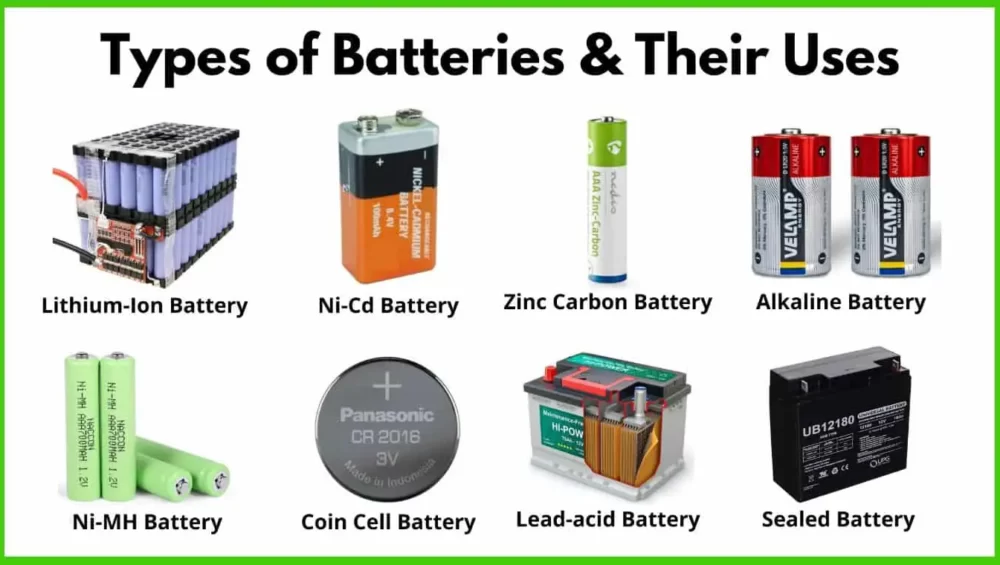Parallel Battery Connection: Doubling Capacity
Table of Contents
Introduction
When you connect two batteries in parallel, you’re essentially placing them side by side, increasing the overall capacity while keeping the voltage the same. This configuration can be advantageous in situations where you need extended battery life. Let’s explore this concept with an example and a schematic diagram.
Example:
Imagine you have two 1.5-volt AA batteries, Battery A and Battery B. When you connect them in parallel, you connect the positive terminal of Battery A to the positive terminal of Battery B and the negative terminal of Battery A to the negative terminal of Battery B. This setup looks like this:
[ ] Battery A (+) —–(+) Battery B
[ ] Battery A (–) —–(–) Battery B
The result? You still have a total voltage of 1.5 volts (since both batteries are connected in parallel), but you’ve effectively doubled the overall capacity. This means you’ll have twice the runtime compared to using a single battery. It’s like having two tanks of the same size side by side.
Common Uses
- Portable Devices: Parallel battery connections are often seen in devices like laptops, where extended usage without recharging is crucial.
- Electric Vehicles: Electric cars and bikes often employ parallel-connected battery packs to increase their driving range.
- Solar Power Systems: Parallel connections are used in solar power systems to store more energy for nighttime or cloudy days.
Important Considerations
While connecting batteries in parallel increases capacity, it’s vital to ensure that the batteries have the same voltage and chemistry. Mismatched batteries can lead to uneven charging or discharging, potentially damaging the batteries.
In conclusion, connecting batteries in parallel is a smart way to double the capacity for longer-lasting power. Just make sure your batteries are compatible, and you’ll be able to enjoy extended usage without the need for frequent recharging.
Click Here to buy batteries.





